Soil testing and formula fertilization is based on fertilizer field test and soil test. According to crop fertilizer requirement, soil fertility performance and fertilizer effect, based on rational application of organic fertilizer, nitrogen, phosphorus, potassium and medium and trace elements are proposed. The variety, quantity, fertilization period and application method of the fertilizer.
2 fertilizer
In order to provide plant nutrients into its main function (GB/T 6274-1997 2.1.2).
3 organic fertilizer
Mainly derived from plants and/or animals, carbonaceous materials applied to the soil to provide plant nutrition as its main function (2.1.4 in GB/T 6274-1997).
4 inorganic [mineral] fertilizer
Fertilizers indicating the form of nutrients in the form of inorganic salts are made by extraction, physical and/or chemical industrial processes (GB/T 6274-1997, 2.1.3).
Note: Sulfur, calcium cyanamide, urea and its association products, bone powder superphosphate, is customarily classified as inorganic fertilizer.
5 single fertilizer
Among the three nutrients of nitrogen, phosphorus and potassium, there is only one nutrient indicating the amount of nitrogen, phosphate and potash (GB/T 6274-1997, 2.1.16).
6 main nutrients
The general term for the elements nitrogen, phosphorus and potassium in some countries (GB.T 6274-1997, 2.1.25.1).
7 times to take nutrients
In some countries, the general term for the elements calcium, magnesium, sulfur (GB / T 6274-1997 2.1.25.2).
8 micronutrients, trace elements micro-nutriment;
An essential, but relatively small, element of plant growth, such as boron, manganese, iron, zinc, copper, molybdenum or cobalt (GB. T. 2274-1997, 2.1.25.3).
9 nitrogen fertilizer
It has a nitrogen (N) quantity to provide a single fertilizer for plant nitrogen nutrition (3.7/NY in NY/T496-2002).
10 phosphate fertilizer
Phosphorus (P2O5) is indicated to provide a single fertilizer for plant phosphorus nutrition (3.8/ in NY/T496-2002).
11 Potash
It has a potassium (K2O) quantity to provide a single fertilizer for plant potassium nutrition (3.9/NY/T496-2002).
12 compound fertilizer
Among the three nutrients of nitrogen, phosphorus and potassium, there are at least two kinds of nutrients indicated by chemical methods and/or blending methods (2.1.17 in GB/T 6274-1997).
13 compound fertilizer
Among the three nutrients of nitrogen, phosphorus and potassium, at least two kinds of nutrients indicated by chemical methods are only chemically produced (2.1.18 in GB/T 6274-1997).
14 blended fertilizer
Among the three nutrients of nitrogen, phosphorus and potassium, there are at least two kinds of nutrients indicated by the dry mixing method (2.1/19 of GB/T 6274-1997).
15 plant nutrients
Chemical elements necessary for plant growth (2.1.24 in GB/T 6274-1997).
16 Fertilizer nutrients
Plant nutrients provided in fertilization (2.1.25 in GB/T 6274-1997).
17 Fertilizer effect
The fertilizer effect is the effect of fertilizer on crop yield, usually expressed as the yield increase and benefit of crops obtained from the application of fertilizer unit nutrients (3.23 in NY/T 496-2002).
18 Fertilization amount
The mass or volume of fertilizer or soil conditioner or nutrient applied to a unit area of ​​cultivated land or unit mass growth medium (2.1.23 in GB/T 6274-1997).
19 conventional fertilization
Also known as custom fertilization, refers to the average amount of fertilization in the first three years (mainly nitrogen, phosphorus, potassium fertilizer), fertilization varieties and fertilization methods (3.5 in NY/T 497-2002).
20 blank controls
No fertilizer treatment, used to determine the absolute value of fertilizer effects, to evaluate soil natural productivity and calculate fertilizer utilization (NY/T 497-2002 3.6).
21 formula fertilizer
Based on soil testing and fertilizer field trials, based on crop fertilizer requirements, soil fertility performance and fertilizer effects, various elemental fertilizers and/or compound fertilizers are used as raw materials to prepare for specific areas and specific crops. fertilizer.
22 Ground force
It refers to the cultivated land production capacity composed of the characteristics of the soil itself, natural background conditions and infrastructure level under the current management level.
23 Evaluation of cultivated land fertility
The evaluation of cultivated land fertility refers to the process of evaluating the potential bio-productivity of cultivated land according to the comprehensive characteristics of the climate, topography, soil parent material, soil physical and chemical properties, farmland infrastructure and other factors.
24 “3414†full implementation
The “3414†scheme design absorbs the advantages of less regression design and less efficiency, and is a widely used fertilizer effect field trial program. "3414" refers to three factors of nitrogen, phosphorus and potassium, four levels, and 14 treatments. The meaning of the four levels: 0 level means no fertilization, 2 level means local recommended fertilization amount, 1 level = 2 level × 0.5, 3 level = 2 level × 1.5 (this level is the level of excessive fertilization).
25 “3414†Partial Implementation Plan
To test the effect of one or two nutrients of nitrogen, phosphorus, or potassium, or for other reasons, the "3414" full implementation scheme cannot be implemented. The relevant treatment, that is, the partial implementation of "3414" can be selected in the "3414" scheme. This not only maintains the integrity of the overall design of the soil test and fertilization field trials, but also takes into account the different soil nutrient characteristics and different test objectives in different regions to meet the needs of different levels. For example, in some areas, the effects of nitrogen and phosphorus should be tested. The nitrogen and phosphorus binary fertilizer effect tests can be carried out on the basis of K2 as the base of the fertilizer, but three repetitions should be set.
Source: New Rural Business Network
Advantages of LED Grow Light for Marijuana
Long lifetime
Recommended useful lifetime of 50, 000 hours for LED lights the equivalent of
burning a light for 18 hours A day, 365 days a year for seven years and seven months.
Energy efficient
Save 70~85% on power than HID lighting, no need extra blowers and Air conditioning systems for cooling.
Better for plant growth
Plants can use nearly all of the light emitted from LED Lights.
Only about 35% of the light generated by metal halide lamps is useful for plant growth.
Low heat output
LED lights produce very little heat.thermalelectric separation technology and modular fans can control the generated heat amount to be a very low extent.
Features
Deep penetration : Good lighting penetration , can penetrate to the deep of the plants
Modular Internal Build: Fully upgradable, easy warranties
Thermal Management: Custom copper core heatsinks quickly dissipates heat for cool operating temperatures
Powerful: 2nd Generation ultra penetration 5W LEDs light deep into the canopy
Versatile: Power cord available in 85~265V and international plugs
Lighter weight: Much lighter than the same products in the marketplace, safer for hanging .
Plants: Suitable for both vegetative phrase and flowering phrase
Item Display


What is Full spectrum led chip ?
It is the newest trend for indoor plants. Advanced LED Grow Lights chip,not provide sigle color ,provide broad spectrum 400nm~840nm,simialr with sun light ,but most is red and blue,it is best for plant grow.This is a revolutionary step for Grow light which have previously been unable to act as the sole light source for the indoor garden.Suitable for all stages of plant growth.
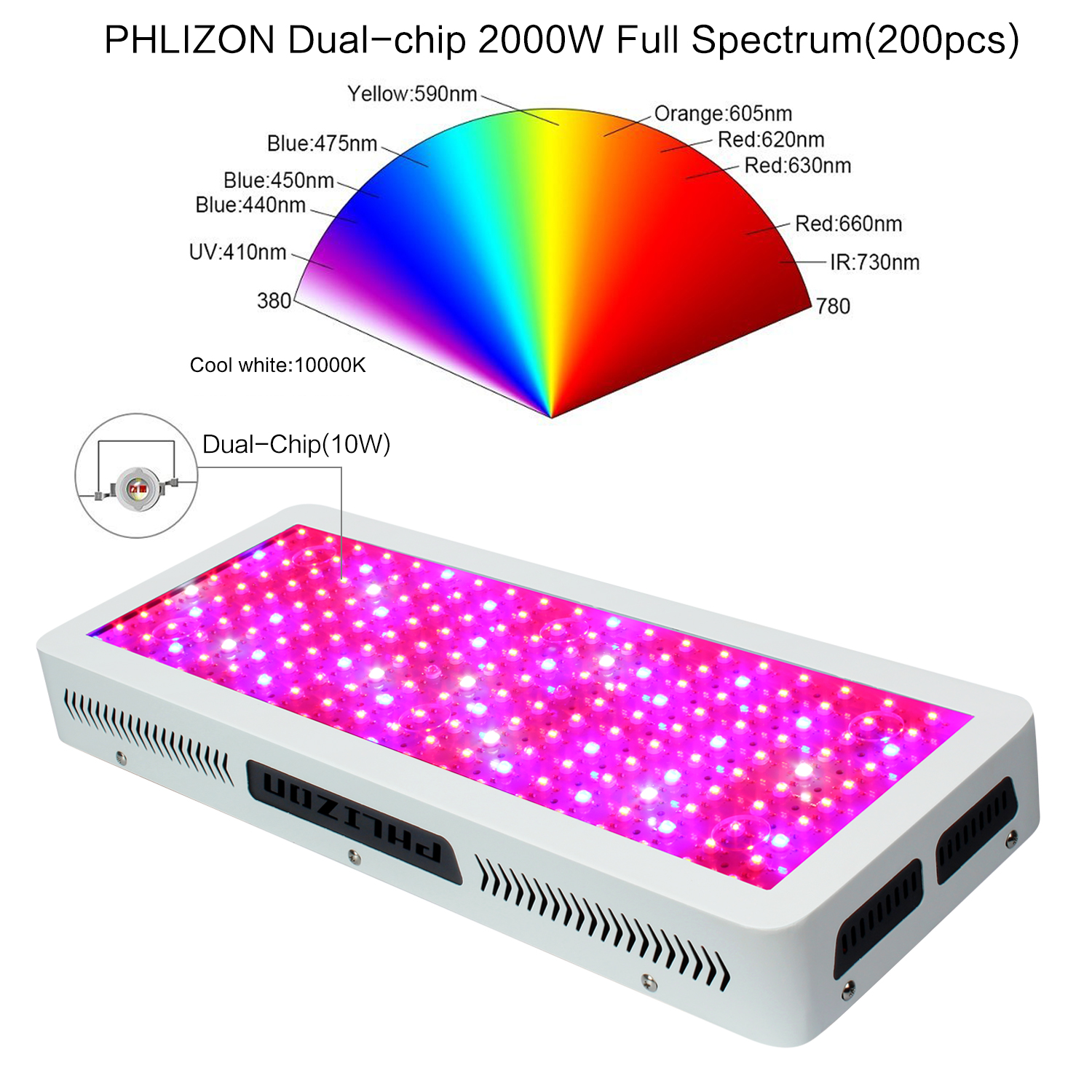
Advtanges:
Upgraded Epistar chips,High Lumen,High penetration.
Plug with listed certificate safe to use.
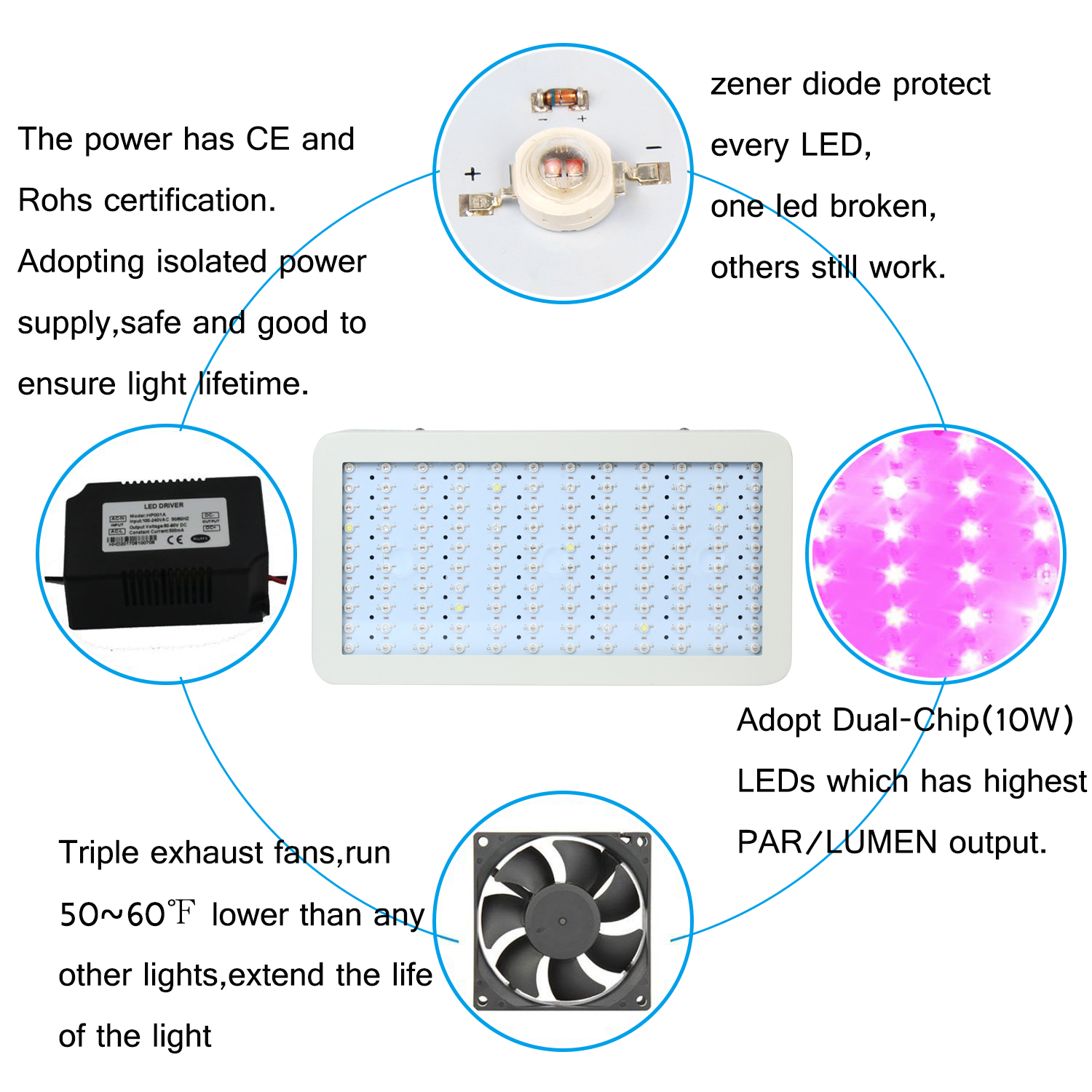
The Plug you can choose

Ageing Test
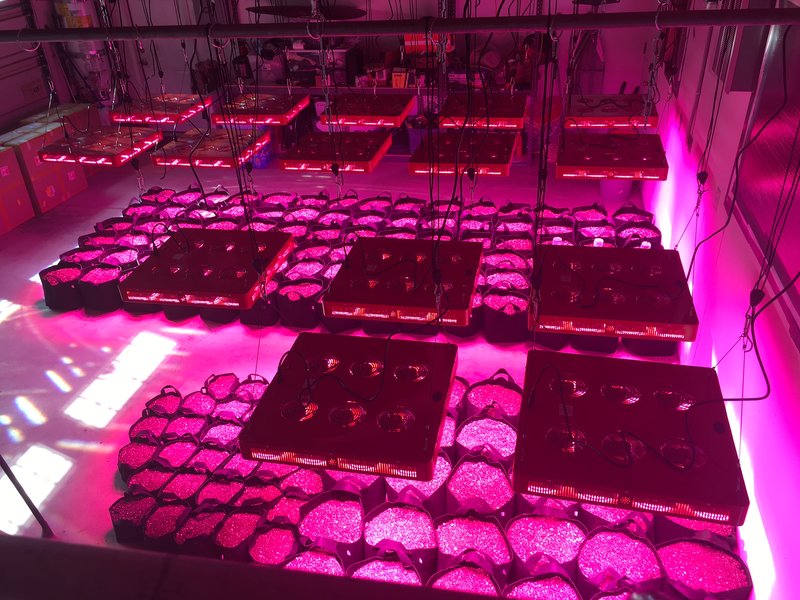
Our Quality Control systems
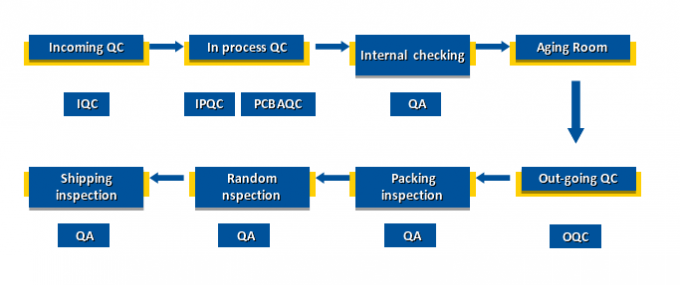
Package
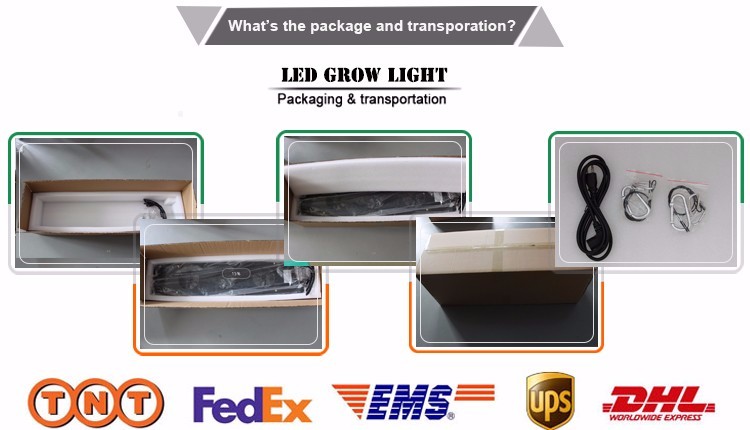

Application: Greenhouse, Hydroponics, Aeroponics, Home Garden, Farm, Vegetable Shed, Botanic Garden, Flower Exhibitions, Horticulture, Hydroponics, Hemp Cultivations , Medical Plants Cultivations, etc.
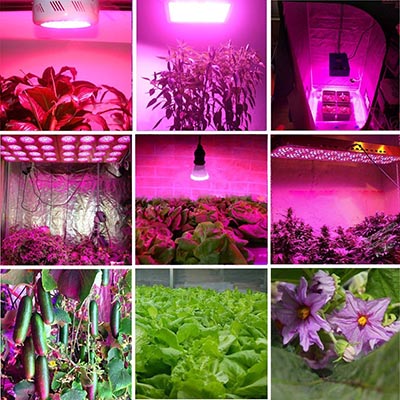
Warnings:
1.lndoor use only.
2.To avoid being damaged,do not use water or drip irrigation while using.
3.Sunshine lighting time should be 12-18 hours.
4.While irradiating the plants,the height of led grow lamp is not less than 10 inches,
low height will cause the destruction of plants.
5.Highly hang the lamp will weaken the energy and affect the growth cycle of the
plants, so the lamp should not be hung too high.
6.While taking care of the plants, please spray the leaves and branches 2-3 times everyday,
to ensure the the plants do not wrinkle a wither, and have no phenomenon of few fruit, and
hard pericarp.
Our Company
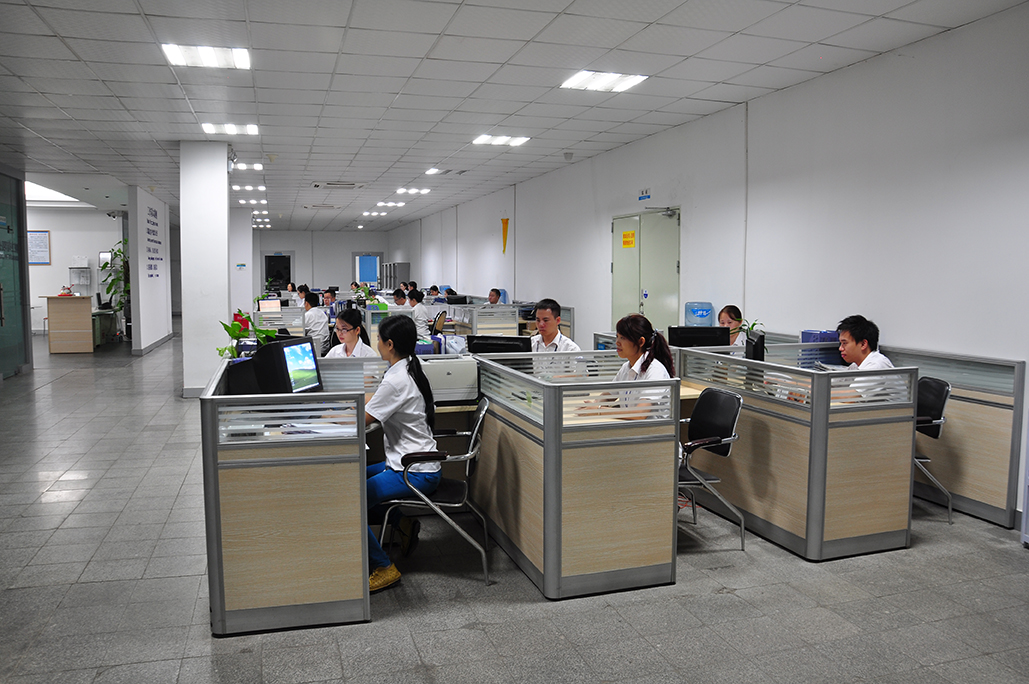
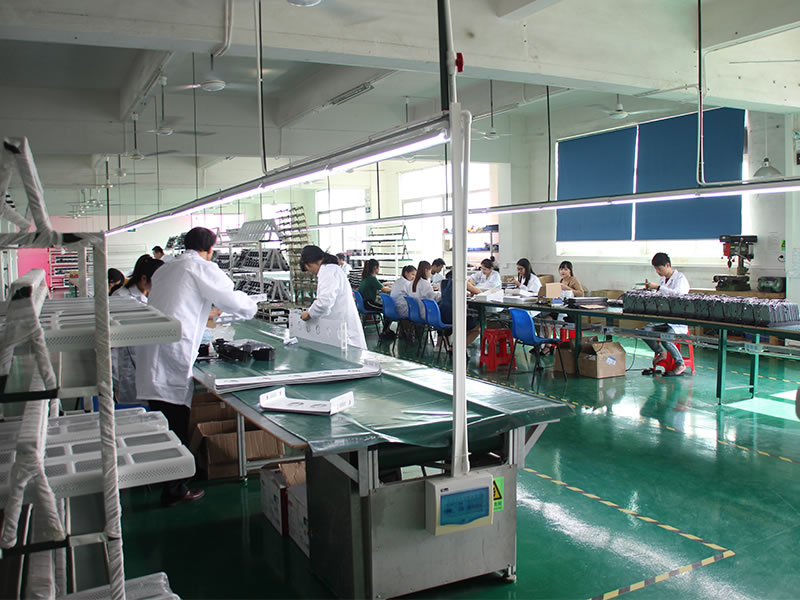
Trade Terms
Payment: T/T, L/C, Paypal, 30% deposits before production, 70% balance to be paid before deliverying(Western Union are welcome)
Sample will be delivered within 7 working days.
Discounts are offered based on order quanlityes.
MOQ:sample order are acceptable
Delivery ways:DHL,UPS,FedEx,TNT, door to door,by sea,by air,etc.
Professional dedicated to Research, Development, Design, Manufacture of Innovative, Intelligent control and high efficiency LED grow lighting for modern agriculture,Marijuana,greenhouse,hydroponics, etc.
Large Capacity Led Grow Light,Led Grow Light For Plant Growing,Led Plant Grow Light,Cob Led Plant Grow Light
Shenzhen Phlizon Technology Co.,Ltd. , https://www.szledplantgrowlights.com